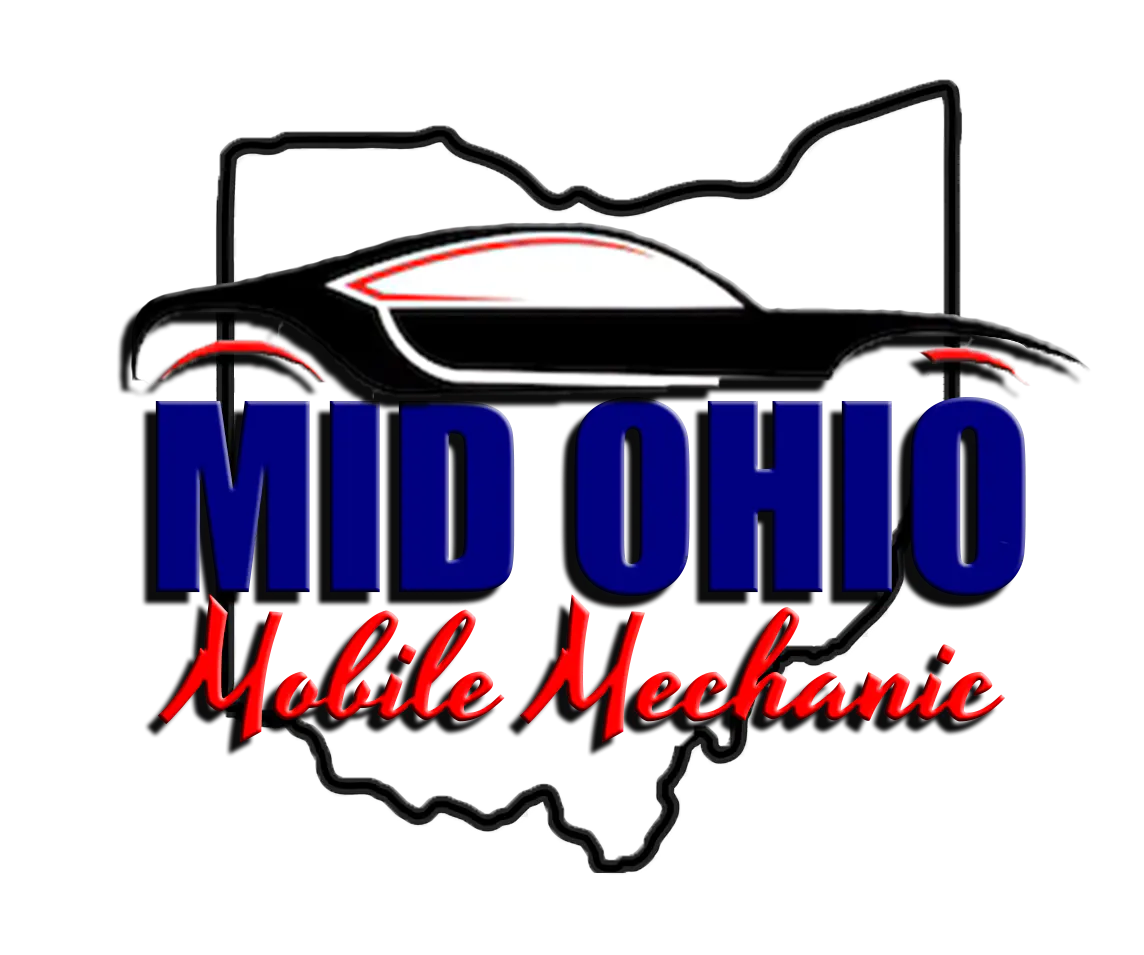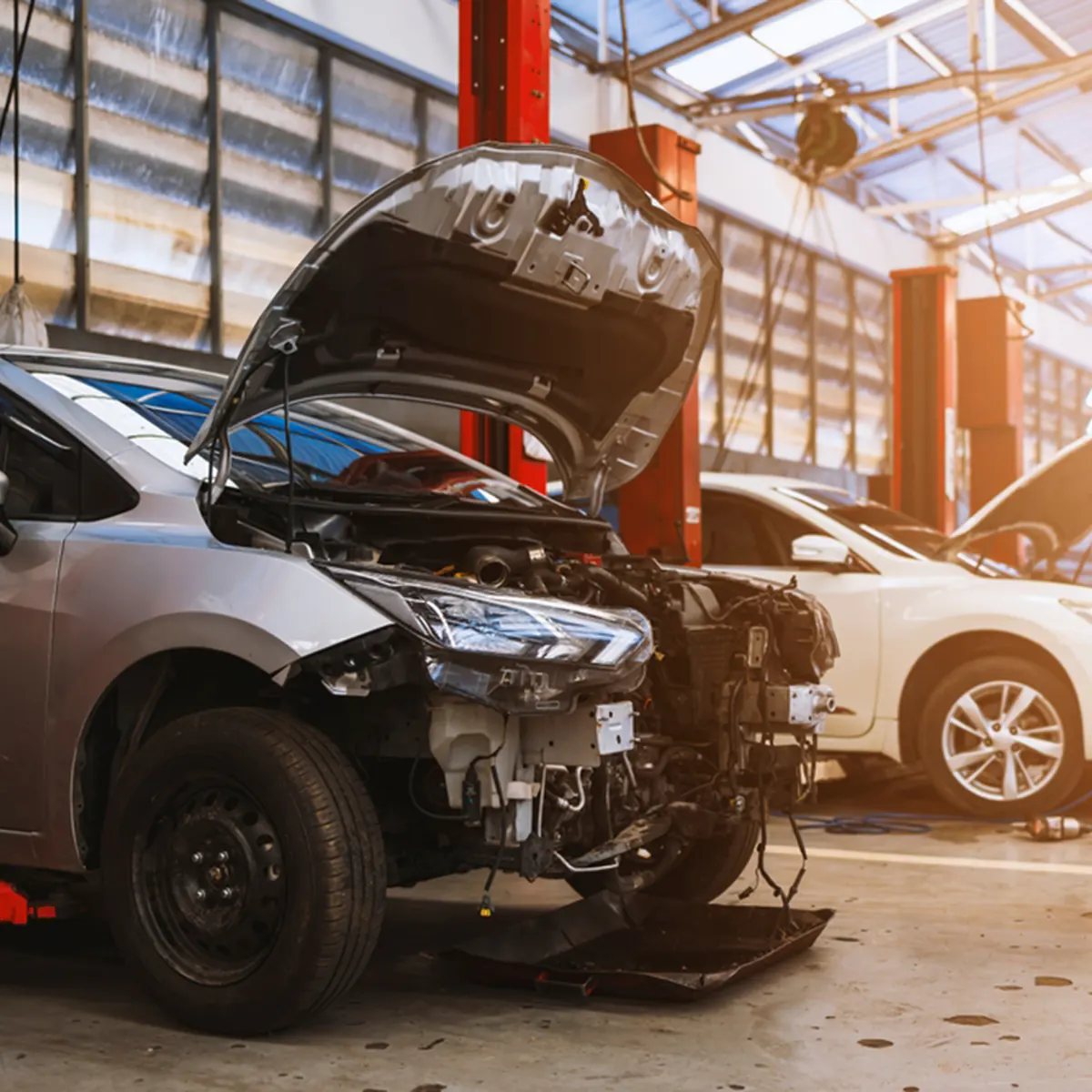When it comes to auto body repair, not all vehicles are created equal. While the fundamental principles of repair—dent removal, panel replacement, and paint refinishing—remain the same, the process can vary significantly depending on the make, model, and year of the car. From compact sedans to luxury SUVs, each vehicle presents unique challenges that require specific techniques, tools, and expertise. Understanding how auto body repair differs between car models is essential for both vehicle owners and repair professionals to ensure safety, performance, and aesthetic restoration.
This comprehensive guide explores the factors that influence repair processes, highlights differences across various vehicle types, and explains why personalized approaches are necessary to achieve optimal results.
The Role of Vehicle Make and Model in Auto Body Repair
Every car manufacturer designs their vehicles with unique specifications, materials, and structural features. These differences affect how technicians approach collision repair, dent removal, and paint restoration.
Design and Engineering Variations
- Frame and Chassis Construction: Some cars use unibody construction, where the body and frame are integrated, while others use body-on-frame designs typical of trucks and SUVs. The type of construction influences how dents, impacts, and alignment issues are addressed.
- Material Composition: Modern vehicles increasingly use aluminum, high-strength steel, carbon fiber, and composite materials. Each material reacts differently to impacts, heat, and repair techniques. For example, aluminum is lighter but more prone to warping if heated improperly, while carbon fiber requires specialized repair processes.
- Safety Features: Advanced driver-assistance systems, airbags, and crumple zones vary across models and must be considered during repair to maintain crash safety standards.
Manufacturer Specifications
- Repair Guidelines: Automakers provide specific repair manuals and protocols for each model. Certified repair shops adhere to these guidelines to ensure that structural integrity and safety features are maintained.
- Paint and Finish Standards: Different models may use unique paint formulations, finishes, or coatings that require specialized techniques for blending and color matching.
- Calibration Requirements: Modern vehicles often include sensors and electronics that must be recalibrated after body repairs, especially in high-end models.
How Body Type Affects Repair Techniques
The type of vehicle—sedan, SUV, truck, sports car, or luxury model—directly impacts repair methodology.
Sedans
- Typically lightweight with unibody construction.
- Dents and minor collisions can often be repaired with paintless dent removal or filler techniques.
- Easy access to most panels makes repairs straightforward.
SUVs and Trucks
- Often heavier, with either unibody or body-on-frame construction.
- Larger panels and higher impact absorption areas require more specialized equipment.
- Suspension and frame alignment may be more complex due to higher vehicle mass and elevated chassis.
Sports Cars and Exotic Vehicles
- Lightweight materials such as carbon fiber or aluminum are common.
- Low ground clearance and aerodynamic components make access challenging.
- Repairs require specialized tools and expert knowledge to avoid compromising performance or aesthetics.
Luxury Vehicles
- Advanced electronics, premium paint, and intricate trim designs demand meticulous care.
- Sensor recalibration, paint blending, and material-specific techniques are essential to maintain warranty and resale value.
- Even minor cosmetic mistakes can significantly impact vehicle value.
Material Considerations in Auto Body Repair
The materials used in a vehicle’s construction dictate repair techniques, tools, and time requirements.
Steel
- Most common in mid-range vehicles.
- Can be hammered, pulled, or welded using traditional methods.
- Susceptible to rust if paint is compromised, making prompt repair essential.
Aluminum
- Increasingly used for weight reduction and fuel efficiency.
- Requires specialized tools and techniques to avoid over-stressing or cracking.
- Heat management is critical during welding or dent removal.
Carbon Fiber
- Found in sports cars and exotic vehicles.
- Extremely strong yet brittle; improper techniques can cause irreversible damage.
- Repairs often involve replacing entire panels rather than reshaping.
Composites and Plastics
- Common in bumpers and trim components.
- Heat-based reshaping or adhesive bonding may be required.
- Damage may not affect structural integrity but requires careful color matching for aesthetics.
Impact of Vehicle Age and Model Year
Older vehicles and newer models pose distinct repair challenges.
Older Models
- Often simpler construction and fewer electronics.
- Parts may be harder to source, particularly for discontinued models.
- Rust and corrosion may complicate repairs.
Newer Models
- Advanced safety systems, aluminum panels, and complex electronics increase repair complexity.
- OEM (original equipment manufacturer) parts may be required to maintain warranty and crash performance.
- Paint technology may involve multi-layer coatings and specialized finishes.
Paint Matching and Finishing Differences
Paint and finish repair is one of the areas most affected by vehicle model differences.
Single-Stage Paint
- Older vehicles may use single-stage paint where color and clear coat are combined.
- Easier to blend and repair small sections.
Multi-Stage or Basecoat/Clearcoat
- Common in modern vehicles.
- Requires precise mixing, layering, and curing to match factory finish.
- High-end and luxury vehicles may include metallic, pearl, or special-effect paints that require expert blending.
Special Coatings
- Some vehicles have matte, satin, or ceramic coatings.
- Improper repair can result in noticeable mismatches and loss of protective properties.
Electronics and Sensor Calibration
Modern vehicles are equipped with advanced technology, including radar, cameras, and parking sensors. Body repairs often require recalibration to ensure proper function.
Examples
- ADAS Systems: Lane departure, adaptive cruise control, and collision avoidance sensors must be aligned after repairs.
- Airbag Sensors: Collision impact can damage or misalign sensors, affecting deployment timing.
- Parking and Backup Cameras: Panel replacement or alignment can alter camera angles.
Failure to recalibrate these systems can reduce safety and may affect insurance coverage.
Frame and Structural Differences
Repairing the frame or unibody structure varies depending on model:
- Unibody Vehicles: Damage may require panel replacement, frame pulling, or laser-guided alignment.
- Body-on-Frame Vehicles: Frame straightening tools must account for higher load capacity and connection points.
- Sports Cars: Lightweight frames require delicate handling; overcorrection can damage suspension geometry or body alignment.
Technicians must understand the manufacturer’s tolerance limits to restore safety and handling.
Specialized Repair Techniques for High-End Models
Exotic and luxury vehicles often require advanced techniques:
- Carbon Fiber Panel Replacement: Precision bonding or replacement rather than reshaping.
- Laser Measuring Systems: Ensures exact frame and panel alignment.
- Paintless Dent Removal (PDR) Adaptations: Tailored tools prevent paint cracking on soft metals or composite panels.
- Advanced Paint Blending: High-resolution color matching to maintain aesthetic integrity.
These vehicles demand highly trained technicians, proper equipment, and manufacturer-approved repair protocols.
Differences in Labor and Repair Time
Labor requirements differ based on car model due to material handling, part availability, and repair complexity:
- Standard Sedans: Minor repairs can be completed in hours; larger collisions may require a few days.
- SUVs and Trucks: Larger panels and heavier frames may extend repair time.
- Luxury and Exotic Cars: Even minor repairs can take several days due to specialized processes, sensor recalibration, and paint blending.
Technicians must plan repairs carefully to balance efficiency, quality, and cost.
Cost Implications Based on Car Model
Repair costs vary widely between models:
- Economy Cars: Affordable parts, standard materials, and simple electronics reduce costs.
- Mid-Range Vehicles: Slightly higher costs due to aluminum panels or advanced paint.
- Luxury Vehicles: High costs due to OEM parts, advanced electronics, and specialized labor.
- Exotic Cars: Extreme costs due to carbon fiber, proprietary parts, and high-skilled labor requirements.
Insurance coverage and availability of aftermarket or OEM parts also affect total repair expenses.
Choosing the Right Auto Body Shop for Your Vehicle
Given the differences in repair processes, choosing the right shop is essential:
- Certifications: Look for I-CAR or manufacturer-approved certifications.
- Experience with Your Model: Ensure the shop has experience with your vehicle type and materials.
- Advanced Equipment: Laser frame measuring, PDR tools, and paint blending systems are critical for modern cars.
- Warranty: Ensure the shop guarantees both labor and parts.
The right shop ensures that repairs maintain structural integrity, safety, and aesthetic value.
Conclusion
Auto body repair is not a one-size-fits-all process. Vehicle make, model, material composition, body type, electronics, and year of manufacture all influence repair techniques, tools, and costs. From paintless dent removal to full structural restoration, understanding these differences helps vehicle owners make informed decisions about where and how to repair their cars.
Modern vehicles, especially luxury and exotic models, require highly specialized skills, equipment, and manufacturer-approved procedures to ensure safety and maintain value. Even seemingly minor repairs must be approached with care to preserve performance, structural integrity, and aesthetic appeal.
For car owners, recognizing these differences ensures that their vehicles are repaired to the highest standards, retaining their appearance, functionality, and safety for years to come. Choosing a knowledgeable, experienced, and well-equipped auto body shop is the key to achieving optimal repair results for any car model, whether it is a standard sedan, a rugged SUV, or a high-performance exotic vehicle.

